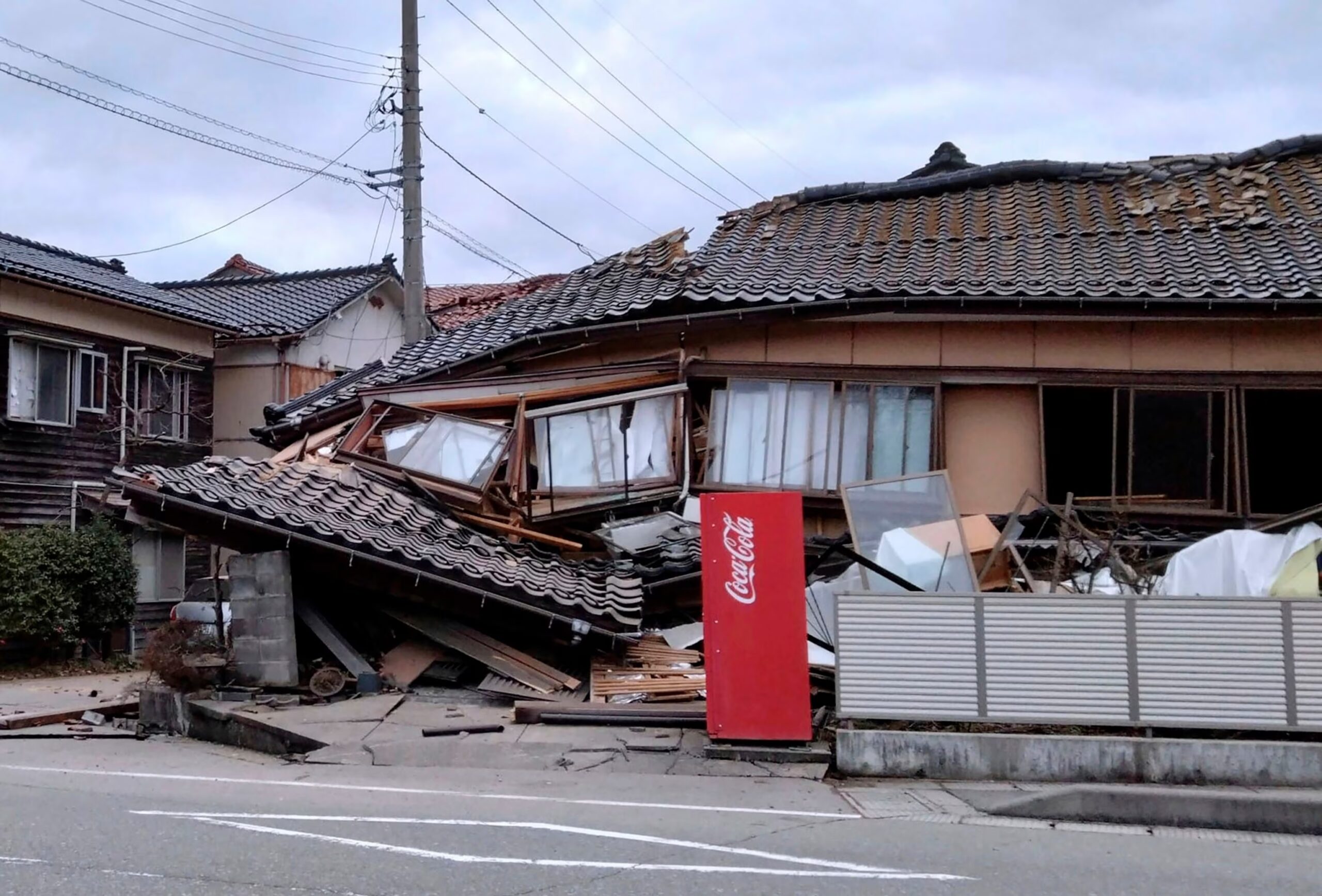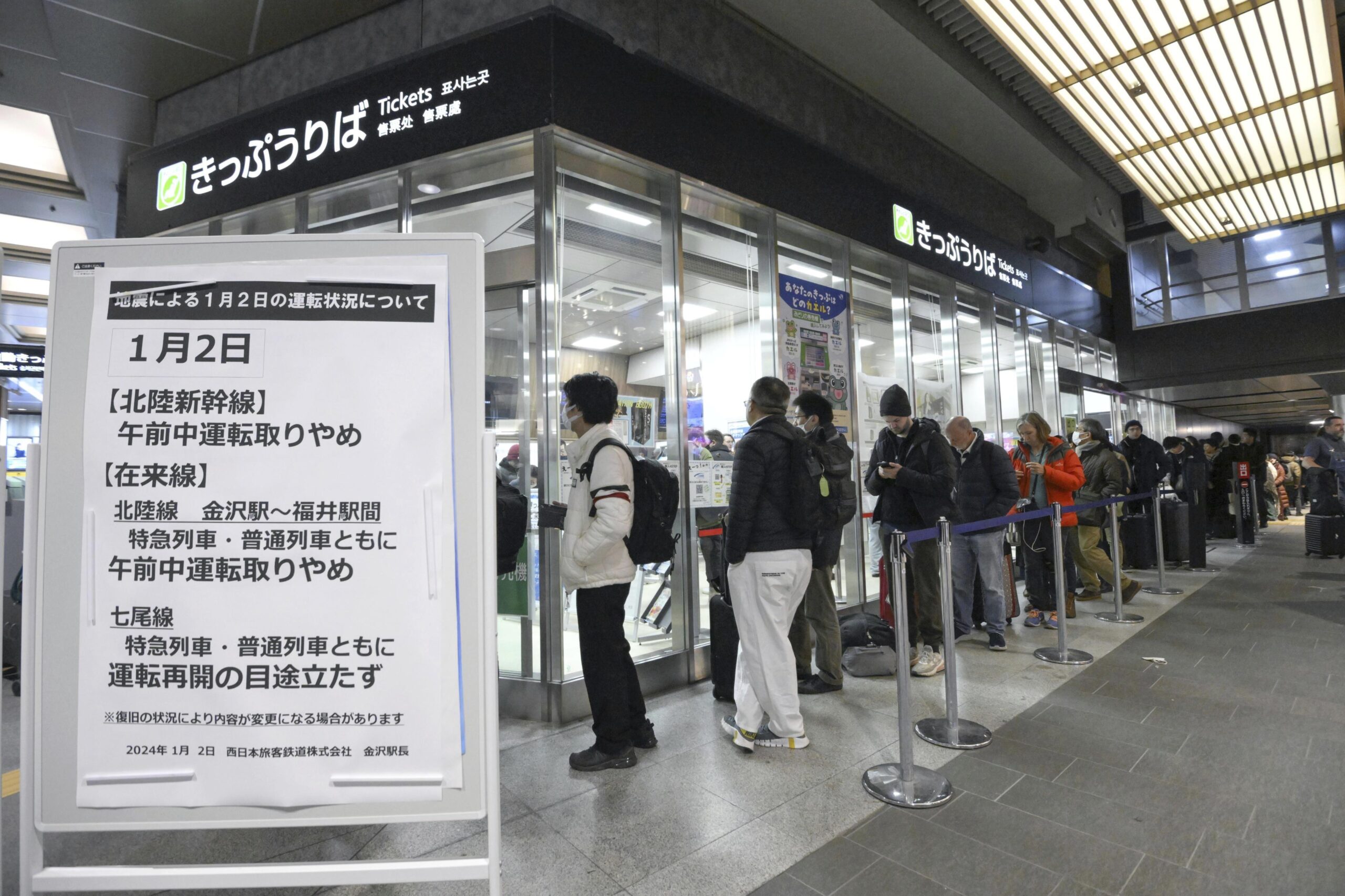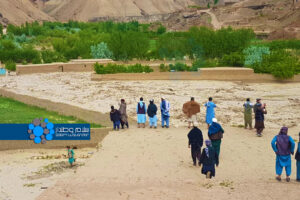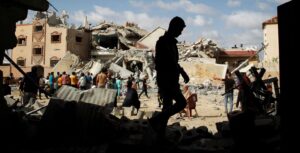MONITORING (SW) – The death toll from the 7.5 magnitude earthquake that struck Japan’s west coast on Monday has risen to at least 30, according to Ishikawa prefecture authorities on Tuesday.
Earlier Tuesday, Prime Minister Fumio Kishida told reporters after a disaster emergency meeting that a destroyed road had cut access to the area.
Rescuers were still working to reach people trapped under collapsed buildings, he said.
The quake shook the Noto Peninsula in Ishikawa Monday afternoon, collapsing buildings, sparking fires and triggering tsunami alerts as far away as eastern Russia.
Japan’s Meteorological Agency lifted all tsunami advisories along portions of the country’s western coast Tuesday, but almost 24 hours after the quake struck, there has been limited access to the northern part of the secluded Noto Peninsula.
More than 35 aftershocks greater than a magnitude of 2.5 have struck near the epicenter of Japan’s earthquake in the past 24 hours, according to the United States Geological Survey (USGS).
Of these aftershocks, one was above 6.0, 12 were 5.0 or above, and 22 were above 4.0.
USGS seismologists warned on Monday that aftershocks could last for months.

More than 100 houses and shops have burned down in a fire that erupted after the earthquake
A large fire broke out in the central Japanese city of Wajima on Monday evening after a 7.5 magnitude earthquake shook the area, Japan’s public broadcaster NHK reported.
More than 100 shops and houses have burned down, NHK reported on Tuesday.
Wajima is a coastal city located in Ishikawa prefecture.
More than 45,000 homes without power following quake
Some 45,700 households are without power in Japan’s central Ishikawa prefecture after a 7.5 magnitude earthquake struck on Monday, according to the Hokuriku Electric Power company on Tuesday.
The quake left six people dead in Ishikawa, and dozens have been injured in four other prefectures, including Toyama and Niigata, Japanese public broadcaster NHK reported, citing hospitals and local authorities.
The defense ministry dispatched 1,000 military personnel to help the rescue and recovery efforts, Defense Minister Minoru Kihara told reporters Monday.

Japan lifts all tsunami advisories following quake
All tsunami advisories in Japan have been removed, according to the country’s Meteorological Agency website on Tuesday morning.
The advisories were issued following the 7.5 magnitude earthquake which struck central Japan on Monday afternoon
The agency immediately issued a tsunami warning along western coastal regions and the first waves were reported hitting the coast just over 10 minutes later.
Tsunami waves of up to 1.2 meters (4 feet) hit a number of areas along Japan’s western coast. The tsunami warnings were later removed.
Remember: Under Japan’s tsunami warning system, waves expected less than 1 meter fall under “tsunami advisory,” while those expected up to 3 meters fall under “tsunami warning” and waves expected above 5 meters fall under “major tsunami warning.”
Service resumes on Japanese bullet trains after hundreds of passengers were stranded for hours
Four bullet trains, whose high-speed journeys were halted when a powerful earthquake struck Japan on Monday, have now resumed service to their destinations, according to Japan’s public broadcaster NHK.
The high-speed trains had been stranded between the central Japanese cities of Toyama and Kanazawa following the 7.5 magnitude tremor.
After being stationary for more than 11 hours, two trains arrived at the Toyama station at 4 a.m. local time on Tuesday (2 p.m. ET on Monday), officials said. Another two trains traveling in the opposite direction arrived at the Kanazawa station in Ishiwaka prefecture.
Nearly 1,400 passengers had been stranded inside the high-speed trains, NHK said, citing Japan Railways West.
The broadcaster said there were no reports of anyone on the trains becoming ill during the wait.

SOURCE: CNN






